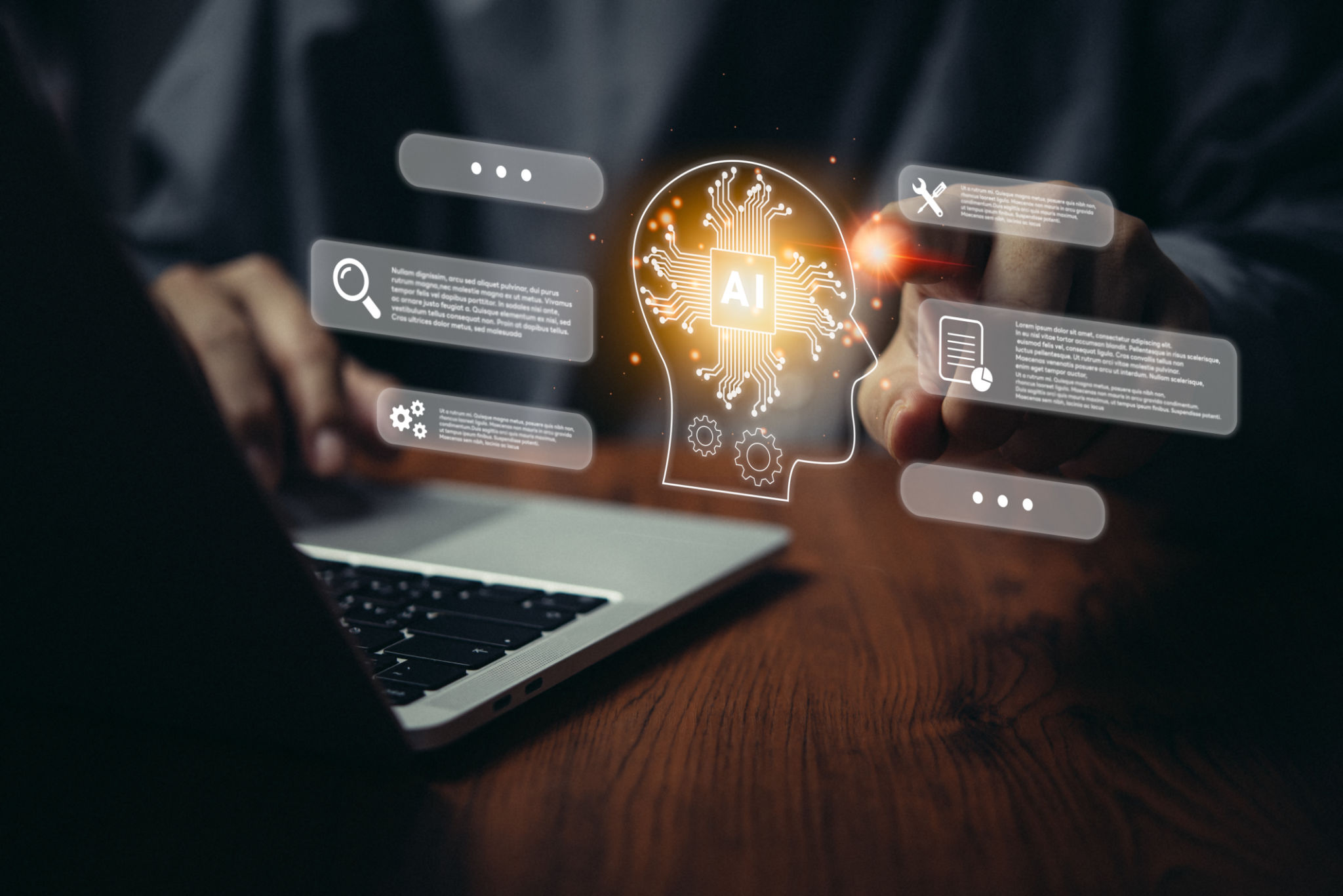Emerging Technologies in Chatbot Development: What to Watch For
The Evolution of Chatbots
In recent years, chatbots have rapidly evolved from simple scripted programs to sophisticated systems capable of understanding natural language and responding in a human-like manner. This evolution is driven by advances in artificial intelligence, machine learning, and natural language processing. For businesses and developers, staying abreast of these emerging technologies is crucial to maintain a competitive edge.

Natural Language Processing (NLP) Enhancements
One of the most significant advancements in chatbot technology is the improvement in natural language processing. NLP enables chatbots to understand and interpret human language more accurately, facilitating more nuanced and context-aware interactions. As algorithms become more sophisticated, chatbots can better capture the intent behind user queries, leading to more relevant responses and improved user satisfaction.
Recent advancements in NLP include transformer-based models like BERT and GPT, which have set new benchmarks in understanding and generating human language. These models allow chatbots to handle complex conversations with greater ease, making them indispensable tools for customer service and support.
Integration with Voice Assistants
Another emerging trend is the integration of chatbots with voice assistants such as Amazon Alexa and Google Assistant. This convergence allows users to interact with chatbots using voice commands, making the interaction more intuitive and accessible. As voice recognition technology improves, chatbots are becoming an integral part of smart home ecosystems and mobile applications.

Moreover, this integration opens up new avenues for businesses to engage with their customers. For instance, companies can create voice-activated customer service solutions that offer a seamless experience, reducing wait times and enhancing customer satisfaction.
AI-Driven Personalization
Personalization is key to creating meaningful interactions, and AI is at the forefront of this transformation. By analyzing user data and behavior patterns, chatbots can tailor responses to individual preferences and needs. This level of personalization is made possible through advanced machine learning algorithms that continuously learn and adapt from each interaction.
As chatbots become more personalized, they can provide recommendations and solutions that are highly relevant to the user. This not only enhances the customer experience but also increases engagement and loyalty.

Security and Privacy Enhancements
With increased reliance on chatbots for handling sensitive information, security and privacy have become paramount concerns. Emerging technologies are focusing on enhancing these aspects through encryption and secure data handling practices. Developers are implementing end-to-end encryption to ensure that data exchanged between users and chatbots remains confidential.
Furthermore, advancements in privacy-preserving machine learning are enabling chatbots to offer secure interactions without compromising on functionality. By employing techniques like federated learning, chatbots can learn from user interactions without accessing personal data directly.
The Future of Chatbot Development
The future of chatbot development is poised for exciting innovations. From AI-powered sentiment analysis to predictive analytics that anticipate user needs, the potential applications are vast. Businesses that leverage these emerging technologies will be well-positioned to deliver exceptional customer experiences and drive growth.
As developers continue to push the boundaries of what chatbots can achieve, it will be essential to focus on creating solutions that are not only technologically advanced but also user-centric. By prioritizing user experience and integrating cutting-edge technologies, the next generation of chatbots will redefine how we interact with digital systems.